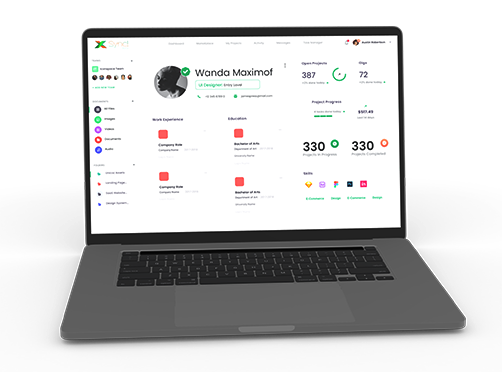How to implement test driven development without QA engineers
In today's fast-paced and ever-changing software development industry, test-driven development (TDD) has become increasingly important. With the constant pressure to deliver software quickly, TDD helps teams catch issues early in the development cycle and prevent costly delays or downtime later on. In this article, we will examine the significance of test-driven development (TDD) and how to implement it without QA engineers.
Before we continue, here are a few disclaimers:
If you can afford to hire QA engineers, this article is not for you!
This article is in no way trying to disregard, invalidate or undermine the jobs of QA engineers. We are only trying to provide a solution for small businesses that cannot afford to hire QA engineers yet!
Let's continue! Test-driven development (TDD) is a methodology that emphasises writing automated tests before writing any production code. This approach ensures that the code is thoroughly tested and meets all requirements before it is deployed to production, ultimately leading to higher quality software with fewer defects. The main goal of TDD is to ensure that the code being developed is of high quality and meets the requirements of the business or user. If you have QA engineers, you do not need to worry about this because they know what to do to implement test-driven development. However, for small business owners who might not be able to afford hiring a QA engineer, the following steps can be taken to achieve the implementation of TDD in your software development.
Step 1 - Gather the requirements you want to test
Let's say you have a project management tool. One of the requirements would be that a user should be able to create a project and invite members to work on a project. Test all the requirements, so gather them all.
Step 2: Decide which of your product functionalities you want to manually test and which ones you want to automate
You have to do this because humans will not be able to capture all the product defects. You do not want to stress the manual testers, and you don't want to overburden the developers who will write the test code for automation. It is important to automate the testing of frequently used features.
Step 3: Write the minimum amount of code required to make the test pass. The code should be simple and not include any additional functionality
In this step, the developers (Yes! The developers. You don't have QA engineers, so you will use what you have. Test codes are usually not extensive, so they can do it.) write code that satisfies the requirements and passes the tests written in the previous step. It is important to note that the code should only be written to pass the tests and satisfy specific requirements.
Step 4 - Running Tests and Refactoring Code
Once the code is written, developers run the tests to ensure that they pass. At this point, you want to tell the developers to automate the test using some test automation tool. This way, the test is done regularly (weekly, twice a week, or fortnightly) as opposed to a one-time test.
Step 5 – Redo steps 4 and 5 for every functionality
Step 6 – Assign the other functionalities to manual testers in your company
Manual testing can be done by anybody. This can be a technical support officer, the product manager, or some interns.
By following these steps, you can ensure that your code is tested thoroughly and meets the requirements of the business or user without hiring QA engineers. Check out our project and team management (throughout the development of this tool, we have been implementing test-driven development without QA engineers).
Check it out here!





